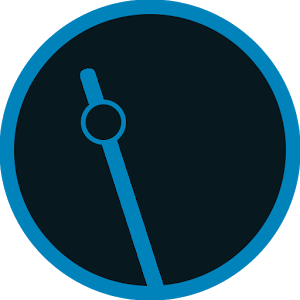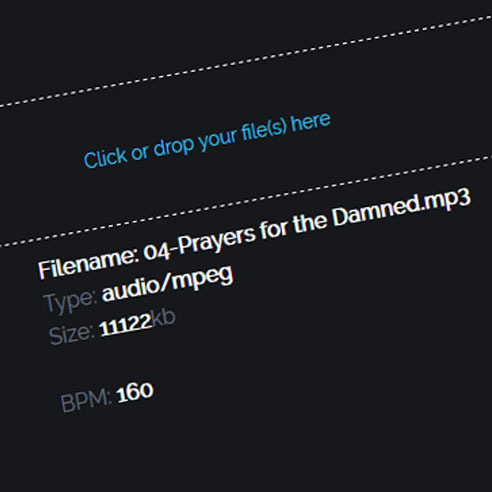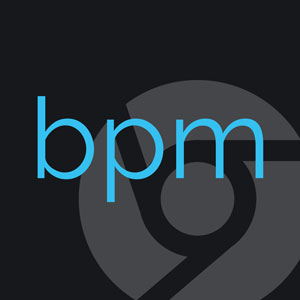Tap Tempo: BPM tapper BPM calculator and counter to find song tempos by tapping the relevant beats along the songs.
Looking for a BPM counter? This BPM calcultor (aka "Tap Tempo" or "tempo tapper") will help you to find the tempo of any song.
Listen to the song for which you want to find the tempo, and tap for BPM using any key to tap each beat. The song BPM will be automically calculated by the tapper. Provide at least 10 beats for an accurate result. The more you tap, the more accurate will be the tempo.
Hint: Use our tempo finder if you have the audio file.
Using time-based effects in your composition with BPM analysis
Like so many things in life, musical composition seems straightforward at first glance. Yet as soon as you pick up your guitar or sit at your piano and play that first note, you are on a journey down a rabbit hole that can lead anywhere.
From the outside looking in, anyone might assume that it is a relatively simple case of putting the words and music together, and the job is done. However, anyone who has seriously explored musical composition know that is only the beginning.
Here, we take a look at how the online tap tempo tool can help at every stage in your composition journey.
About tap tempo
Online tools don't come much simpler than this. With tap tempo, you simply tap the rhythm of your song using the keyboard to tap each beat. The analyser will extrapolate your keystrokes and provide the tempo in BPM.
Playing with the tempo
The tempo of a song can make all the difference to the way listeners will receive it, so at the early stages of composition, it is useful to know where you are in BPM. You can then experiment with different tempos to see how these change the character of your composition.
If you are composing with a specific purpose in mind, for example you are putting together a dance track, either for the nightclub or the ballroom, then the target BPM might dictate the composition. In many cases, though, experimenting with different tempos is as much a part of the composition process as trying the song in a different key or adding additional harmonic effects.
Time based effects
Once you have the bare bones of your composition laid down, the real fun starts to begin, particularly in this digital era. Loops, tremelo and delay effects can all add depth and richness to your sound. And all require perfect timing and an understanding of your composition's BPM.
Delay settings
Delay is one of the most fundamental and important, yet at the same time underappreciated effects at your disposal in the recording studio. The concept is simple enough: shout into a tunnel and your voice will echo back a fraction of a second later – that's delay in action, and its applications in recording soon became apparent.
50s stars like Elvis Presley used delay to create what became their trademark sound, and it is as much a staple of today's music as it was 60 years ago. In Elvis's time, the effect was created using a clever technique that made use of the gap between the record head and the playback head on an analogue tape recorder.
Today, there are digital tools that can set the delay for us with far more accuracy. However, this leads us to the question of how long the delay needs to be.
Unless you are the next John Cage or Edgard Varèse, simply plugging in a random delay or echo effect will not add anything of value to your composition. Music is all about timing, timing is all about tempo and tempo is all about BPM.
No surprise, then, that there is a direct correlation between BPM and the delay settings you need to use.
Choosing the delay
A delay will typically be set at a quarter note or an eighth note, and which you choose depends on the effect you are looking to achieve and your personal taste. As ever, it is always worth experimenting, but typically, quarter note delays work well with long legato sections, ambient sounds and full windmill chords. Eighth delays are better in faster runs and are perfect for filling out those otherwise awkward eighth note parts. And then there is, of course, the legendary dotted eighth, made famous in the 1970s by Pink Floyd and imitated by guitar groups the world over ever since.
Translating BPM into your delay settings
Once you have decided your delay, all you need to know is your BPM and the rest is a case of simple mathematics. The first thing you need to do is tap the rhythm of your composition out on tap tempo. To keep the numbers simple, let's assume it comes out at 100 BPM.
That equates to 100 quarter notes per minute, or one quarter note every 600ms. In other words, a quarter note delay in a 100 BPM composition needs to be set as 600ms. Similarly, an eighth delay at the same tempo will mean 300ms.
Using BPM to set other effects
Delay might be the most obvious example, but it is not the only musical effect that demands an understanding of BPM in order to be perfected. Tremolo is one of the most popular guitar effects, and is often seems to be employed at random to create those underwater-type sounds.
However, like everything else, you can get more out of tremolo by applying a little science and understanding. Tremolo can and should be digitally synched to your BPM – but only if you know what the BPM is. Again, the calculations above can help you convert BPM into ms, to get the perfect effect.
Setting the reverb
Having discussed delays and tremelo effects, the other application for which the tap tempo BPM analyser comes into its own is when it comes to setting the reverb. Some make the mistake of assuming reverb is a constant sound and that tempo makes no difference, but getting it right is like bringing a picture into focus.
A typical reverb setting is 1/64th note, so using the calculation above, that means for a composition with a tempo of 100 BPM, the reverb needs to be set at 37.5ms. Alternatively, try it at 1/32 (in this case, 75ms) and see the difference it makes.
It's all about the tempo
Delay, tremolo and reverb are just three of the time-based effects at your disposal in the recording studio. To use them to their full potential, and really bring your music to life, the first thing you need to know is the tempo in BPM. Tap tempo provides it instantly and without fuss.



